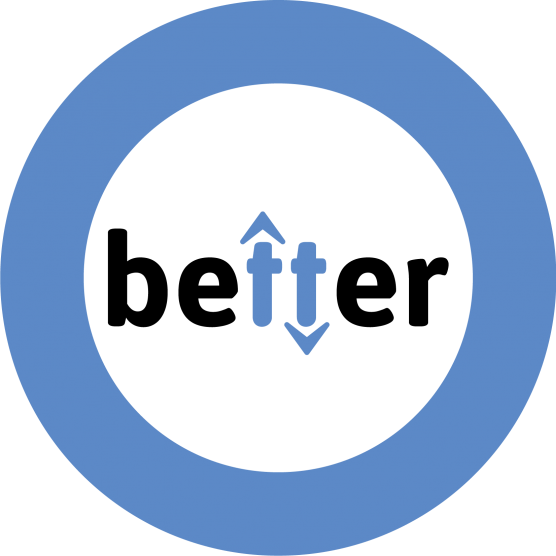Achieving optimal blood sugar control after a meal is a great challenge that often seems to be a random turn of events one can rarely predict. This represents a reality that those living with type 1 diabetes are very familiar with.
Here are the key messages from Lorraine Anderson’s, RD, CDE presentation on this topic at the 2019 Diabetes Canada conference last October.
Main factors affecting blood sugar levels after the meal
1- Carb content of the meal. It is widely accepted that the quantity of carbohydrates consumed is the main component that affects one’s blood sugar levels following a meal. However, it is also very challenging as many studies have found that, on average, people tend to either under- or overestimate the carb content of their meals which leads to inappropriate insulin doses.
2- Composition of the meal. The speed at which the food moves down the gut and the rate of its absorption from the gut to the bloodstream (known as gastric emptying) varies according to the composition of the meal. Indeed, fat delays stomach emptying and, depending on the fat content of the meal, it can affect blood sugar levels. Mrs Anderson reported that 35g of fat can increase blood sugars by 2.3 mmol/L while a 50g of fat can increase insulin requirements two fold.
Additionally, she reported study findings where protein consumption in large amounts was found to be related to late and sustained increase in blood sugar levels.
3- Insulin dose. The insulin given with the meal including the quantity, type of insulin, and timing of injection. Taking these factors into account, many have tried, successfully or not, to propose their own approaches on how to decrease the variability of blood sugar following a meal. Some opted for fixed carb content meals, others chose to follow low carb diets (by decreasing their carb intake and replacing by high fat or protein meals), and, as presented by Mrs. Anderson, some opt to include their fat and protein intakes in the calculation of their insulin dose.
While clinical practice guidelines recommend to adjust the rapid-acting insulin dose to the carb content of the meal, it is important to keep in mind that other strategies can work differently for different people. Thus, it is important to remember that working with your diabetes healthcare team (including an endo, nurse, and dietitian) is primordial to pave the way to the best and safest approach to managing one’s blood sugars.
References
- Lorraine Anderson RD, CDE, Optimizing Postprandial Glycemia in Type 1 Diabetes: Low carb and other considerations, Oral presentation atthe 2019 Annual Diabetes Canada conference
- Smart, C., Ross, K., Edge, J., King, B., McElduff, P., & Collins, C. (2010). Can children with type 1 diabetes and their caregivers estimate the carbohydrate content of meals and snacks? Diabetic Medicine : A Journal of the British Diabetic Association, 27(3), 348-53. doi:10.1111/j.1464-5491.2010.02945.x
- Brazeau, A., Mircescu, H., Desjardins, K., Leroux, C., Strychar, I., Ekoé, J., & Rabasa-Lhoret, R. (2013). Carbohydrate counting accuracy and blood glucose variability in adults with type 1 diabetes. Diabetes Research and Clinical Practice, 99(1), 19-23. doi:10.1016/j.diabres.2012.10.024
- Paterson, M., Bell, K., O’Connell, S., Smart, C., Shafat, A., & King, B. (2015). The role of dietary protein and fat in glycaemic control in type 1 diabetes: Implications for intensive diabetes management. Current Diabetes Reports, 15(9), 1-9. doi:10.1007/s11892-015-0630-5
- Wolpert, H., Atakov-Castillo, A., Smith, S., & Steil, G. (2013). Dietary fat acutely increases glucose concentrations and insulin requirements in patients with type 1 diabetes: Implications for carbohydrate-based bolus dose calculation and intensive diabetes management. Diabetes Care, 36(4), 810-6. doi:10.2337/dc12-0092
Participate in the BETTER registry!

First registry of people living with T1D in Canada.
Learn More



